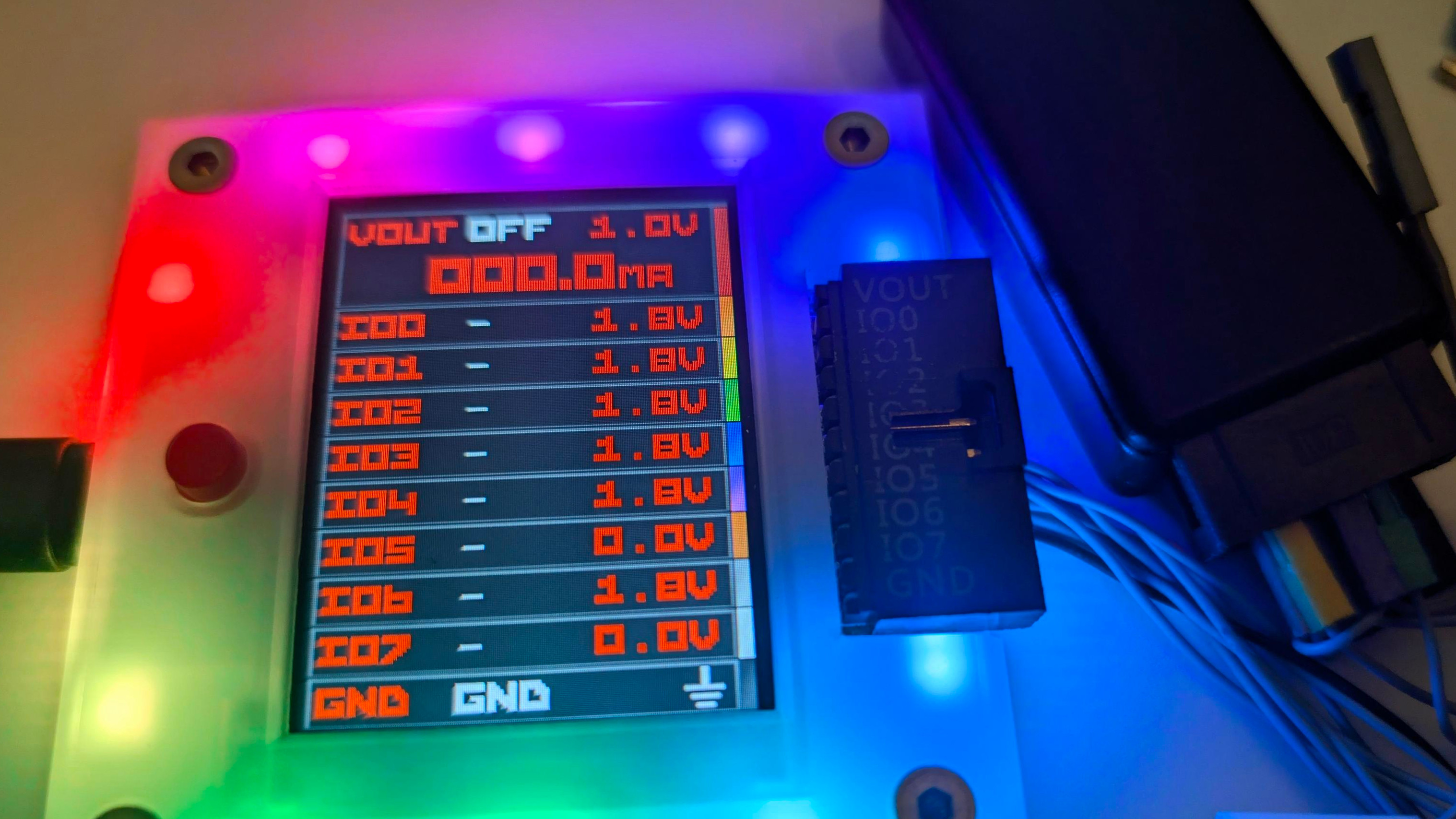
Recently, Raspberry Pi LTD released the Raspberry Pi RP2350, a microcontroller intended for use with Raspberry Pi Pico 2 and third-party RP2350-based products [h/t Hackaday]. Unfortunately, a hardware bug was quickly found with the pull-up resistors onboard, which have faulty voltage control. Basically, when GPIO pins go to 3.3 volts, they don't go back to 0 volts afterward and are stuck at 2.1 volts. This is because of unintended latching behavior, which prevents the GPIO pins from being pulled to ground their charge.
The issue was originally discovered by Ian Lesnet, who goes by Bus Pirate on Mastodon. The bug was subsequently added to the official RP2350 datasheet, which also notes that the issue impacts pull-up SWD pads but not QSPI pads. QSPI pads aren't affected because they don't have the faulty circuitry. USB PHY pull-down resistors also aren't impacted.
But what can owners of this microcontroller do about the problem? There's an official solution from Raspberry Pi LTD and a separate one from Lesnet. The Bus Pirate solution involves adding external pull-down resistors, which increases board size but otherwise fixes the problem. The Raspberry Pi solution, meanwhile, is to enable an input buffer before a read and disable it afterward. The Bus Pirate solution may be better unless you really need to use the internal pull-down resistors as-is for some reason.
As Hackaday notes, Pi engineer Luke Wren has blamed an external IP block vendor for the issue not being caught during validation tests. For this reason, Hackaday recommends using the RP2350 A0 as an "engineering sample" and sticking with the A3 or B0 versions for actual production.
Hopefully for Raspberry Pi project enthusiasts and the organization itself, a revision of this microcontroller that fixes this voltage issue completely will be released soon, though for now it should be considered a known issue. The chip is being used in lots of devices— including my favorite, keychain console "Thumby Color".







